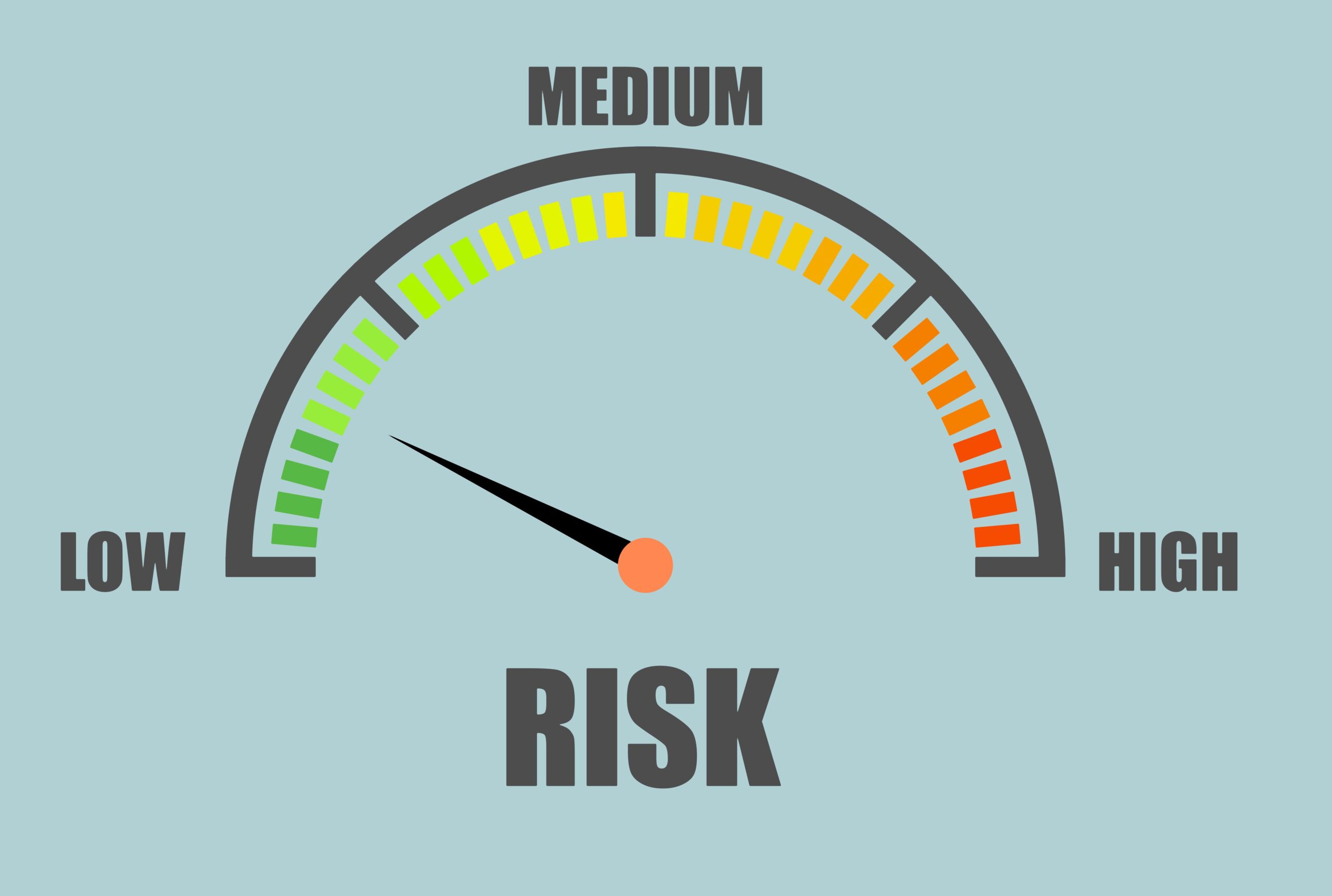After identifying hazards the next step is to assess the risks to health and safety that they pose. A risk is the chance, however big or small, of a hazard actually causing harm.
For example: The risk of injury/disease when using a piece of equipment at work is low if the equipment is:
-Properly designed for the purpose.
-Properly used for the purpose.
-Used by someone who has been fully trained.
A risk assessment is the process of determining the level of risk involved and the likelihood of injury, illness or death occurring. This means evaluating the likelihood and consequences of injury or illness from exposure to an identified hazard or hazards.
Risk assessment is a process of gathering information and making decisions. There is no ‘right’ answer. Individuals make certain decisions about risk because they have different ideas about what is acceptable. For this reason it is important that those who will be affected by the decisions (the employer, relevant employees and their representatives) are involved in the decision-making process. Risk assessment should be done whenever there is a change in the workplace that could affect health, safety or welfare, or when there is new information about a hazard.
The purpose of risk assessment is to determine whether there is any likelihood of injury, illness or disease associated with the hazard. This means assessing:
-Whether any individual (worker and visitor) would be exposed to the identified situations under all possible scenarios.
-Measures already in place to protect the health and safety of individuals who may be exposed.
-The adequacy of the existing measures for protecting the health and safety of individuals who may be exposed.
Carrying out Risk Assessments
Risk analysis involves developing an understanding of the risk. For each risk identified the organisation needs to assign a numeric value to both the:
-Likelihood of the risk occurring.
-The impact the risk will have if it does occur.
By using a numeric value the organisation is able to compare risks as well as give them a score (likelihood X impact). A risk matrix may be used similar to this:

The risk matrix may be tailored to the organisation and the organisation needs to decide what an acceptable risk score is.
Application of the Hierarchy of Control
Once the hazard is identified and an assessment carried out the final step is to apply the hierarchy of controls. The hierarchy of controls helps to select and implement the most appropriate risk control measure for each hazard.

The hierarchy of control is a sequence of options which offer you a number of ways to approach the hazard control process. Here is a list with typical examples.

If the assessment outcome is high it is recommended that expert health and safety advice is sought to ensure the best possible risk measure is taken. Intervention may also be required if there is a lack of time or skill. Expert advice may include:
-Federal, state and local government authorities.
-Private consultants that specialise in the risk.
For each of the hazards you identified that exist in your workplace.
-Assign a numeric value to both the likelihood of each hazard occurring and the impact it will have if it does occur. Give them each a score (likelihood X impact).
-Apply the hierarchy of controls to select and implement the most appropriate risk control measure for each hazard.
Ensuring Risk Control Measures are Effective
The final step in the risk management process involves critically monitoring and reviewing the effectiveness of the control measures that have been implemented to prevent or minimise the risks.
Once the hierarchy of control measures have been implemented it is important that organisations review them to ensure:
-They are effective in reducing either the likelihood or the impact of the risk.
-The risk control measures are being followed.
-No other hazards are identified as a result of the control measure.
-Have been clearly communicated and understood by all of the team.
-That they meet legislative requirements.
When monitoring the effectiveness of control measures, it may be helpful to ask the following questions:

Looking to learn the art of effective Strategising? The ARA Retail Institute provides leading accredited training options including workshops and masterclasses in developing an effective merchandising strategy. Have a look at our classes below:
{{cta(‘9c8ef3db-89f9-4d9c-b4c0-bfd5d0a76556’)}} {{cta(‘9f97379c-6727-4d1e-8d11-7100c464a830’)}} {{cta(‘9f097306-d766-4cb6-ae6c-15ddc8b0718e’)}}




















